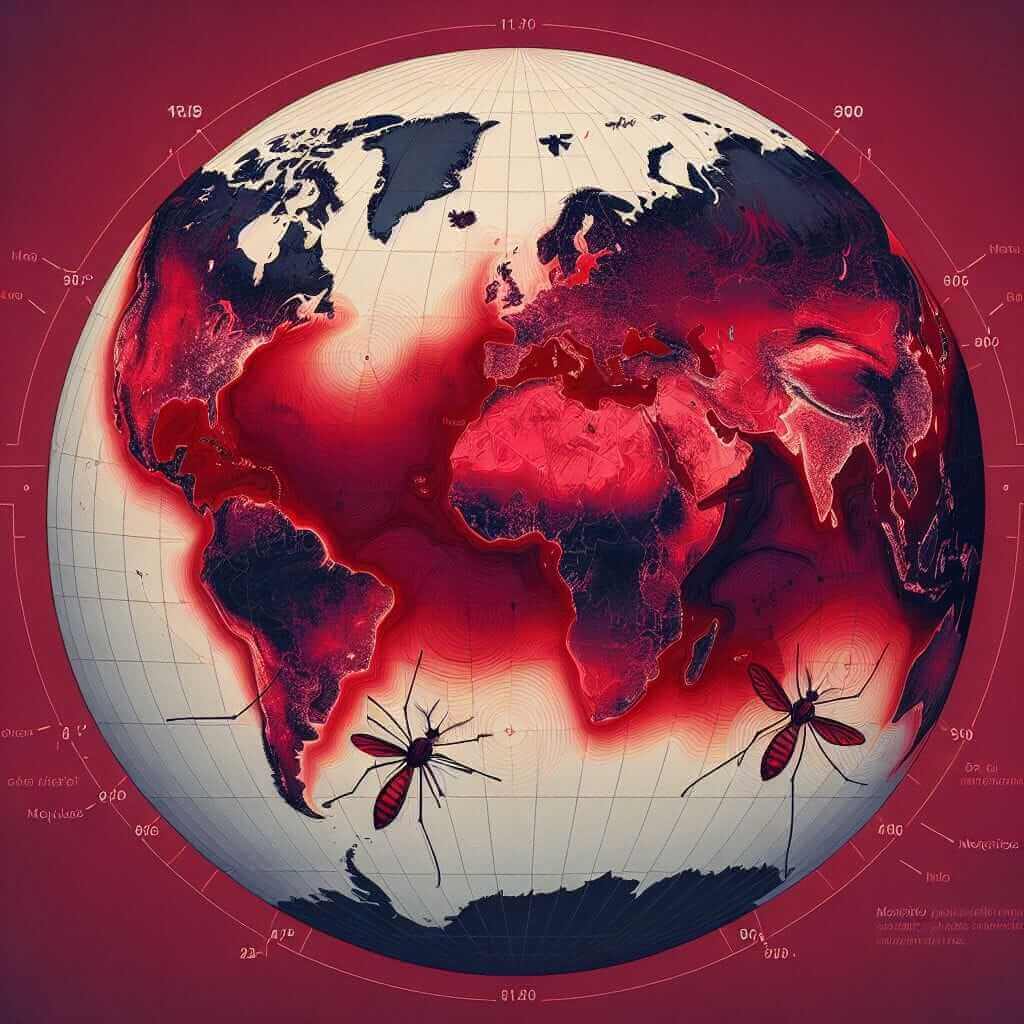The IELTS Reading Section is designed to test a candidate’s reading skills through a variety of question types and text formats. One prevalent topic in recent years has been climate change and its far-reaching consequences, including its influence on global health outcomes. This topic not only mirrors current global concerns but also frequently appears in IELTS exams. Given the growing awareness and dialogue surrounding this subject, it is highly likely that candidates will encounter reading passages on climate change and its multifaceted impacts in upcoming exams.
Reading Practice Test: Medium Text
Let’s dive into a medium-length reading passage focusing on “How does climate change influence global health outcomes?” followed by some IELTS-style questions.
Reading Passage
Climate Change and Global Health Outcomes
Climate change, characterized by rising temperatures, melting ice caps, and increased frequency of extreme weather events, poses a significant threat to global health. The World Health Organization (WHO) has identified climate change as one of the greatest threats to public health in the 21st century.
One of the most immediate health impacts of climate change is the increase in frequency and severity of heatwaves. Prolonged exposure to high temperatures can cause heat exhaustion and heat stroke, both of which can be fatal if not treated promptly. Vulnerable populations, including the elderly, children, and those with pre-existing health conditions, are at a higher risk during heatwaves.
Additionally, climate change exacerbates air pollution. Warmer temperatures contribute to the formation of ground-level ozone, a harmful air pollutant. Air pollution is linked to respiratory and cardiovascular diseases, and its impacts are disproportionately felt by those living in urban areas.
Waterborne diseases are also on the rise due to climate change. Increased rainfall and flooding can contaminate water supplies, leading to outbreaks of diseases such as cholera and dysentery. In regions with poor sanitation infrastructure, these effects are even more pronounced.
< Climate Change and Vector-Borne Diseases
Climate Change and Vector-Borne Diseases
Moreover, the changing climate affects the distribution of vector-borne diseases. Warmer temperatures and altered precipitation patterns can expand the range of disease-carrying vectors such as mosquitoes. This leads to increased incidences of diseases like malaria and dengue fever in areas previously unaffected.
Food security is another critical aspect affected by climate change. Extreme weather events can disrupt food production, leading to food shortages and malnutrition. Crops may fail due to droughts or floods, and the nutritional quality of food can also be compromised, impacting overall health outcomes.
It is crucial to address these challenges through both mitigation and adaptation strategies. Global collaboration and policy changes are necessary to reduce greenhouse gas emissions and build resilient health systems capable of coping with the adverse effects of climate change.
Questions
Multiple Choice Questions
-
What is one immediate health impact of climate change mentioned in the passage?
- A. Increased frequency of earthquakes
- B. Increased frequency of heatwaves
- C. Decrease in air pollution
- D. Enhanced food production
-
Which populations are more vulnerable during heatwaves?
- A. Young adults
- B. Urban dwellers
- C. Vulnerable populations like the elderly and children
- D. People with high socioeconomic status
True/False/Not Given
- Air pollution caused by climate change only affects rural areas.
- Increased rainfall and flooding can lead to waterborne diseases.
Matching Information Questions
Match each health impact with its description.
-
Heatwaves
- A. Contamination of water supplies
- B. Expanding range of disease-carrying vectors
- C. Disruption of food production
- D. Heat exhaustion and heat stroke
-
Vector-borne diseases
- A. Contamination of water supplies
- B. Expanding range of disease-carrying vectors
- C. Disruption of food production
- D. Heat exhaustion and heat stroke
Answers and Explanations
Multiple Choice Questions
-
B. Increased frequency of heatwaves
- Explanation: The passage states that one of the most immediate health impacts of climate change is the increase in frequency and severity of heatwaves.
-
C. Vulnerable populations like the elderly and children
- Explanation: The passage mentions that vulnerable populations, including the elderly, children, and those with pre-existing health conditions, are at a higher risk during heatwaves.
True/False/Not Given
-
False
- Explanation: The passage highlights that air pollution impacts are disproportionately felt by those living in urban areas, not just rural areas.
-
True
- Explanation: The passage clearly mentions that increased rainfall and flooding can contaminate water supplies, leading to outbreaks of waterborne diseases.
Matching Information Questions
-
D. Heat exhaustion and heat stroke
- Explanation: The passage links heatwaves to heat exhaustion and heat stroke.
-
B. Expanding range of disease-carrying vectors
- Explanation: The passage states that climate change affects the distribution of vector-borne diseases by expanding the range of disease-carrying vectors.
Common Mistakes and Tips
- Misinterpreting Information: Students often mistake an increase in frequency of heatwaves as an overall increase in temperature. It is crucial to read the passage carefully to distinguish between related but different concepts.
- Understanding Key Vocabulary: Ensure you understand terms like “vector-borne diseases” and “food security” to avoid confusion.
Vocabulary
- Heatwave (noun): /ˈhiːtweɪv/ – A prolonged period of excessively hot weather.
- Exacerbate (verb): /ɪɡˈzæsərbeɪt/ – To make a problem, bad situation, or negative feeling worse.
- Vector-borne (adjective): /ˈvɛktər bɔːrn/ – Diseases that are transmitted by vectors like mosquitoes.
Grammar Focus
Relative Clauses:
- Definition and Use: Relative clauses provide additional information about a noun in the main clause without starting a new sentence. They often start with who, which, that, whose, where, and when.
- Example from Passage: “In regions which lack poor sanitation infrastructure, these effects are even more pronounced.”
- Relative Clause Explained: The clause ‘which lack poor sanitation infrastructure’ gives essential information about the regions mentioned.
Conclusion
To excel in the IELTS Reading section, thorough practice with diverse passages on current topics like climate change is essential. Always focus on understanding the main ideas, supporting details, and how different question types test various skills. Regular practice will not only boost your reading comprehension but also equip you with necessary vocabulary and grammar skills to achieve a high score.


